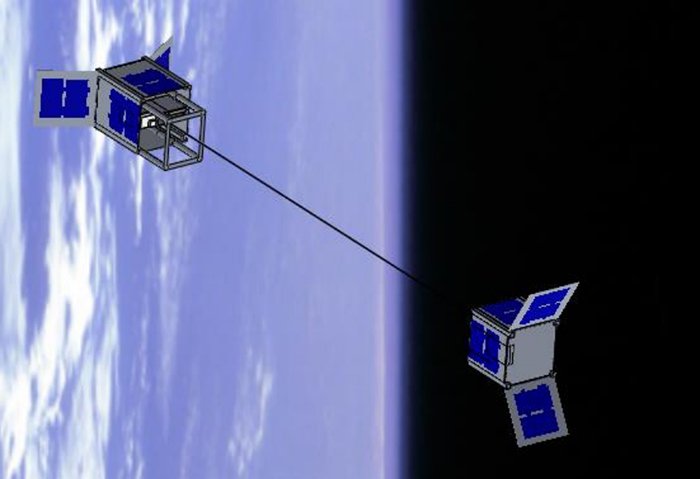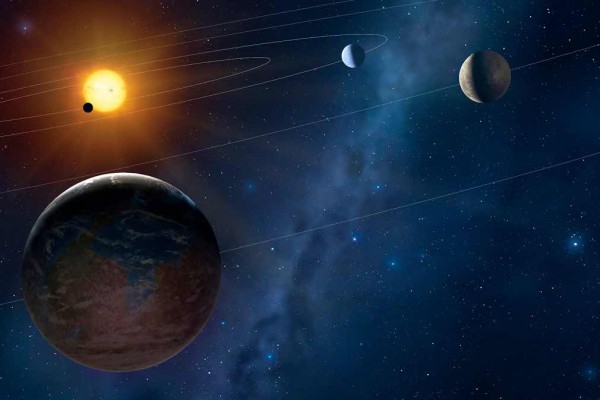07/27/2016 / By spacenews
The idea of a space elevator to lift us into orbit is one of the oldest concepts in sci-fi, but thanks to the efforts of scientists in Japan, we might soon be seeing this fantastic feat of engineering become a reality at last.
(Article by David Nield)
A mini satellite called STARS-C (Space Tethered Autonomous Robotic Satellite-Cube) is heading to the International Space Station in the coming months and is a prototype design that could form the basis of a future space elevator.
Once STARS-C has been delivered – on some to-be-determined date after the Northern Hemisphere’s summer – its makers at Shizuoka University will put it to the test: the orbiter will split into two 10-cm (3.94-inch) cubes and spool out a thin 100-metre tether made of Kevlar between them.
If plans for a space elevator are to get off the ground, a super-strong tether like this will one day winch people and supplies up from the Earth, so these tests are going to be crucial in finding if this kind of project can actually work.
The satellite is the invention of engineers Yoshiki Yamagiwa and Masahiro Nomi, who came up with the concept in 2014 and submitted their idea to the Japan Aerospace Exploration Agency (JAXA). STARS-C will eventually be launched from the Kibo module on the ISS, owned by JAXA.
“The satellites move not just vertically, but horizontally as well when we expand their tethers,” Yamagiwa told The Asahi Shimbun. “As data must be collected in detail to control the satellite in space with precision, we hope to do it properly this time.”
An earlier microsatellite experiment, led by scientists at Kagawa University, failed in this respect, not collecting enough data for it to be useful.
Ham radio frequencies are going to be used to control and get feedback from STARS-C, and to that end the team is asking for amateur radio operators on the ground to help collect signals.
STARS-C, which weighs 2.66 kilograms (5.68 pounds), is also going to help scientists explore ways in which space debris might be cleared up from around the edge of the atmosphere – if it can’t pull people into orbit, it could at least catch floating space junk.
Also in the satellite cube’s favour is the fact it was built for just $98,000, which isn’t too much of an outlay in terms of the usual high costs of space equipment.

If you’re new to the whole space elevator concept, it’s a proposal that’s exactly what it sounds like: a towering shaft or crane to push or pull people from Earth into space and back again. The main counterweight (in this case, the STARS-C) and its tether would be kept in place with the help of centrifugal force as the planet rotates.
It might sound kind of unbelievable, but if scientists can pull it off, working space elevators could revolutionise how we get into orbit, using a lot less fuel and needing a lot less money than the rockets we rely on today. We can’t wait to see how STARS-C goes in testing.

















